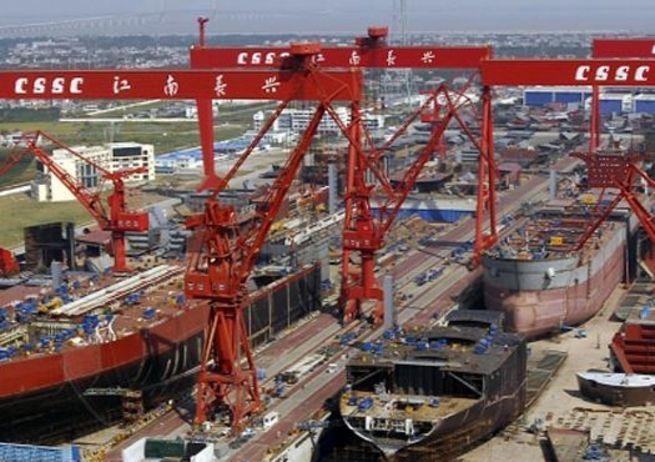
The Birth of Indo-Burmese Counterinsurgency Cooperation?
February 25, 2010
Asia’s new strategic energy resource?
March 11, 2010By: Project 2049 Institute |
While the financial crisis has dampened international trade, the expansion of the Chinese economy and its growing demand for imported energy and commodities has driven a demand for shipping. China’s demand for oil is project to hit an all time high this year and this thirst for energy is projected to require the construction of 80 additional very large crude carriers (VLCC) by 2015. VLCCs are the largest oil tankers that can transit through the Malacca Strait from the Persian Gulf to East Asia and displace between 200,000 and 320,000 deadweight tons.
Increasingly, global demand for merchant shipping, including oil tankers, is met by Chinese shipyards. In Asia, the industry is traditionally dominated by Korean and Japanese shipyards but the low labor and capital costs of Chinese yards have allowed China to surpass its neighbors. In 2009 China supplanted Korea as the world’s largest shipbuilder, producing almost 35% of the world’s total civilian shipping output. While the financial crisis had caused a decline in orders for new merchant ships a government stimulus allowed the state-owned China State Shipbuilding Corporation and the China Shipbuilding Industry Corporation, which dominate the shipbuilding sector in China, to increase their share of global production. Currently, Chinese firms produce mostly less complex bulk cargo carriers. However, increasing technological innovation and growth of human capital in China is allowing it to compete in more technologically advanced and value added sectors of the market including very large crude carriers and liquid natural gas tankers.
The stimulus was aimed at shipbuilding not simply to generate employment but also to boost a strategic industry. Expansion of commercial shipyard capacity has also allowed for increased production of warships for the PLAN. The experience that China’s shipbuilders have gained producing increasingly large and complex civilian ships also build the experience with large hull production necessary for the production of large warships for the PLAN, such as the projected amphibious assault ships, large destroyers and potentially a future aircraft carrier, although such project would also require China to develop its indigenous electronics and armaments industries.
China’s large fleet of civilian ships also serves a defense function. The PLAN has explored arming merchant vessels to provide fire support for amphibious attacks. Furthermore, there is a new initiative to standardize civilian cargo ships to meet military transportation needs which has strategic benefits in both peace and war time. Container vessels can also be converted to serve as platforms for the operation of helicopter, V/TOL aircraft and UAVs as demonstrated in the Falklands War. Finally, Civilian ships could also be used for mine laying, surveillance or troop transport in the event of conflict in the Taiwan Strait.
Chinese dominance of the shipbuilding sector may not only displace foreign workers but also undermine a strategic industry in other nations faced with a need to modernize and expand their own navies.




